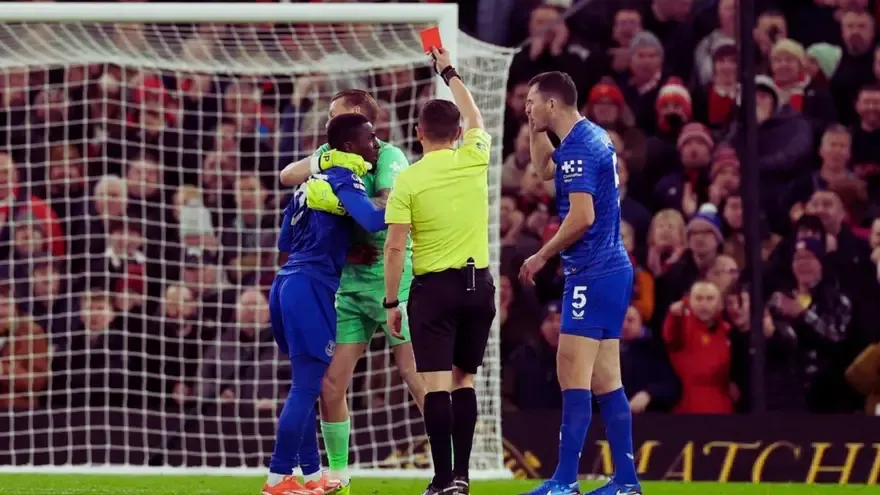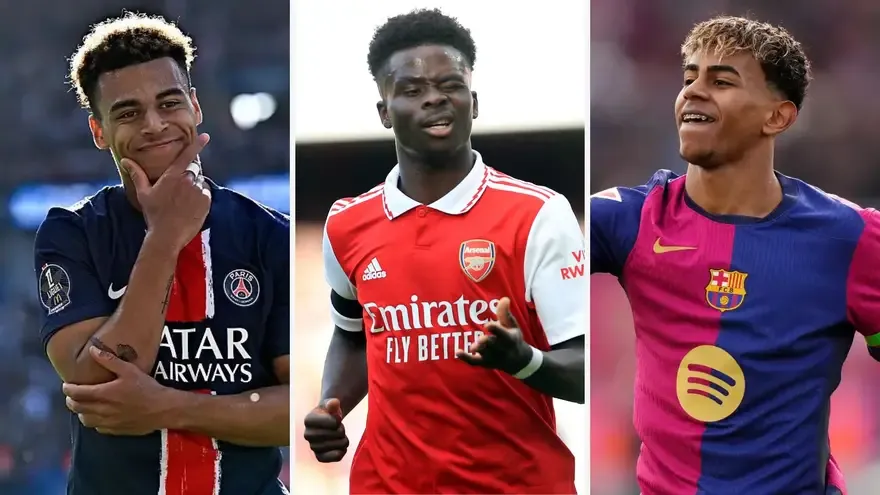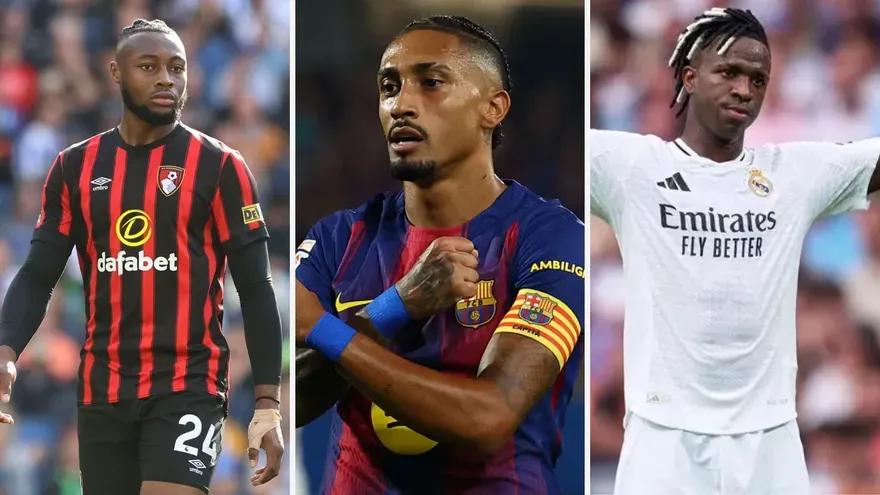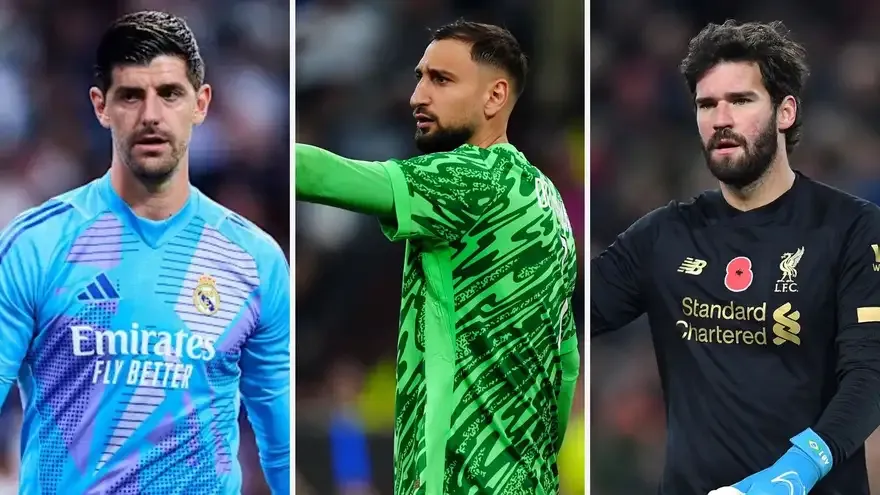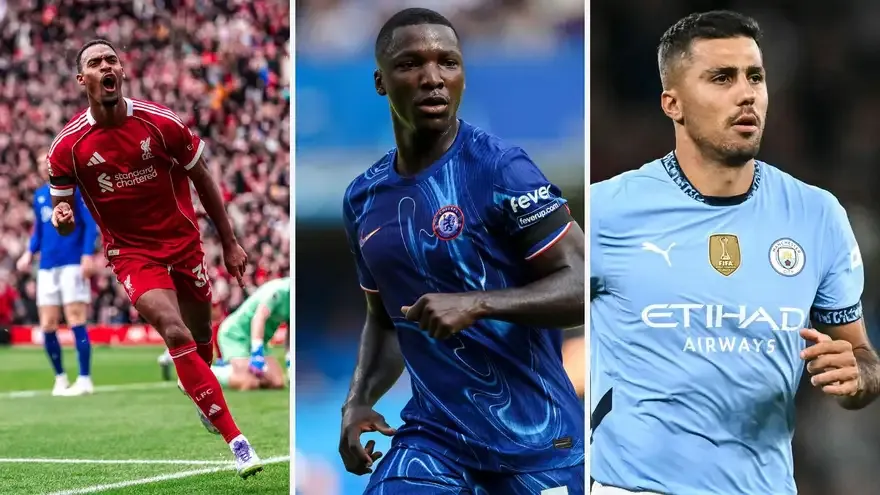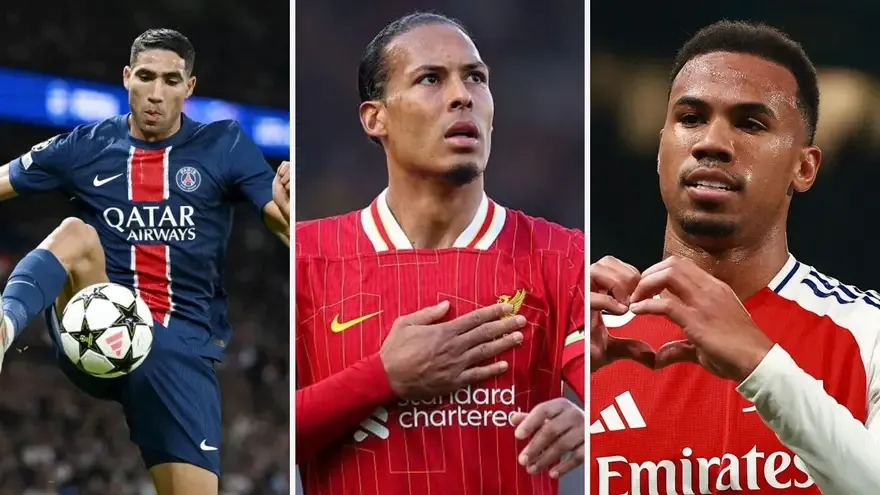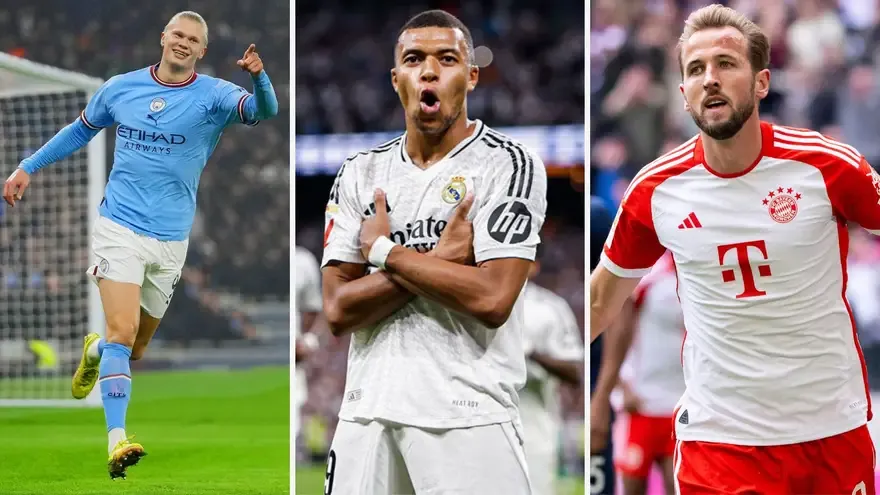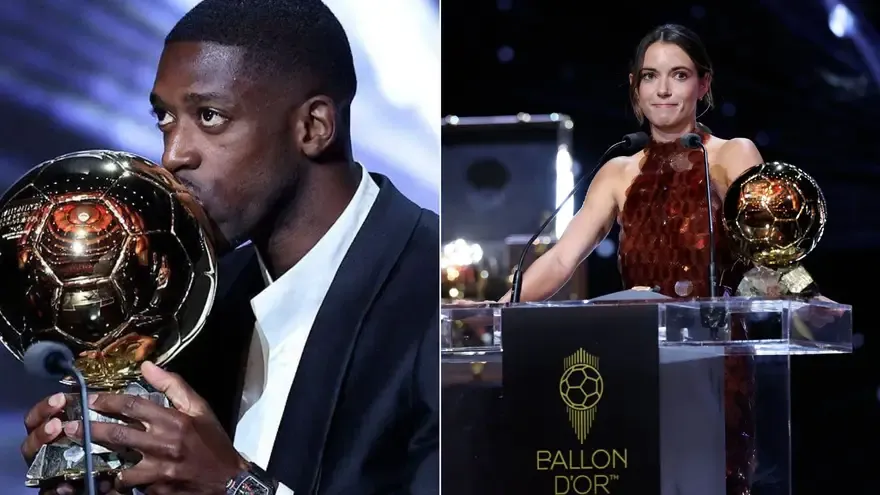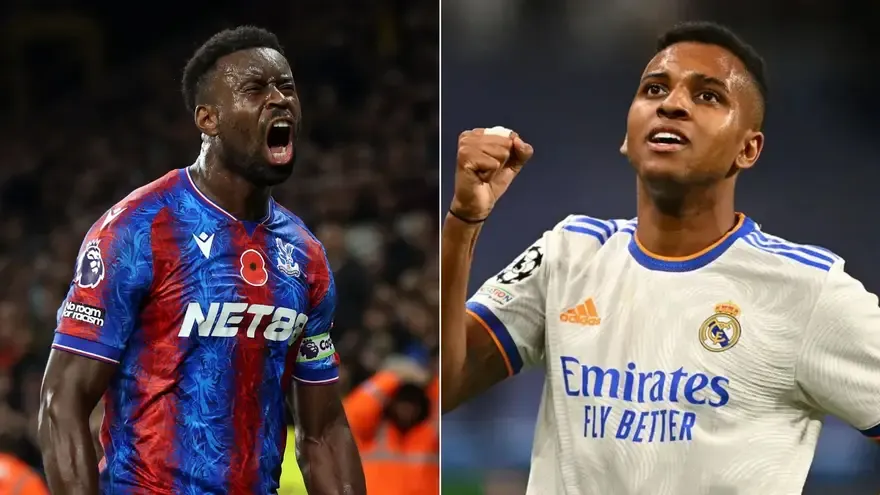When we look at the current state of football in Delhi, we feel it is developing. But many of us are unaware of the history and heritage of the game in the capital city of India.
If Calcutta is renowned as the mecca of football in India, then Delhi can be regarded as the capital of Indian football. Many prestigious tournaments used to take place in the capital city including the likes of Nehru Cup, Durand Cup and the very famous DCM Trophy.
Today we look back at the old and glorious days of Indian football which seems to rejuvenate in recent times. But we are going back in that time when Indians were considered as a force to reckon in Asia as well as the international football scenario. So let’s ride the time machine and go back in past.
THE DCM TROPHY:
After the initial few decades of Independence, international exposure in Indian football was quite untapped. The potential was not compared with the other countries. However, two people, Bharat Ram and Charat Ram changed the scenario. The DCM football tournament, famously recalled as the DCM Trophy was started. The DCM Trophy became the first-ever tournament in India to provide the national team with international exposure.
Since 1945, the tournament was quietly started in a public park near the President’s Estate in Delhi. Gaining considerable fandom, the tournament committee invited teams from beyond the border. Many teams including the likes of Pakistani Pak Mughals graced the Delhi fields. Many times the Pak Mughals claimed that they had a homecoming. Mostly because they resided in Delhi before the partition took place.

But the quality of teams was not at par until the late 1960s. It saw a huge improvement when teams like Taj Tehran came in. After 1968, some robust foreign teams took part in the tournament. Teams like Ethiopian XI and Ceylon XI started coming in. Every year since 1968, four to five exuberant foreign teams were invited to take part in the footballing extravaganza. Fans in Delhi thoroughly enjoyed.
But after a series of trial and error methods since 1970, the organizers realized that there was no point in calling the formidable European clubs. They were more capable tactically and physically than the Indian counterparts. The Indian teams clearly struggled to adapt to the opponent’s robust style of football. But at the same time, football lovers in Delhi were exposed to an entirely new brand of the game. Followers in Delhi were mesmerized after experiencing the tactical and physical abilities of the commendable foreigners. It was amusing and dominating which helped them in winning matches easily. The best example was the Taj Club of Tehran. They went on to achieve a hat-trick of triumphs from 1969-71.
So during the early 1980s, the organizers stopped calling the dominating opponents and called upon teams from Asia. Mostly from South Korea, Iran, North Korea, Australia and other Asian countries.
From 1950-60, Kolkata giants East Bengal was the most successful Indian club in the DCM. They won the trophy seven times and surprisingly finished as the runners up for the same number of times. To note a fact, East Bengal and Mohammedan were the only two Indian sides to beat a foreign team in the DCM Finals. East Bengal won against Dok Ro Gang (North Korea) in 1973 and Mohammedan won against Bank of Seoul and Trust Company (South Korea) in 1980.

THE DEATH:
Soon during the late 90s, due to poor management, the tournament was facing several issues to sustain. As usual in football, the management staff were incapable of handling the big venture. The lack of money provoked the tournament to stop in 1997.
The main focus of the DCM was to give the Indian clubs a taste of foreign football. But inviting the foreign teams and paying up their expenses were quite considerable. After 1997, the AIFF suggested making the DCM a biennial event like the Nehru Cup. The tournament committee found the idea impractical and decided to conclude the event. The rising cost of procuring foreign sides and issues of scheduling made the event unsustainable, just like many other events in Indian football.
So finally in 1997, the tournament perished!
